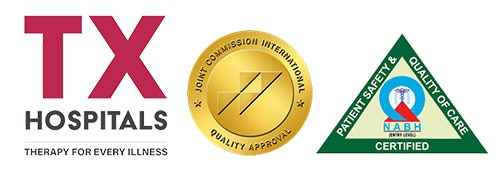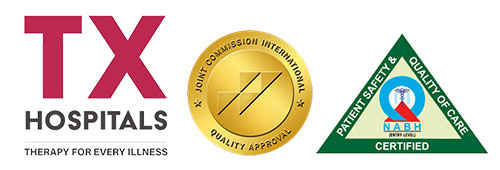Percutaneous endoscopic gastrostomy (PEG)
Percutaneous endoscopic gastrostomy (PEG) is a procedure that involves the insertion of a feeding tube into the stomach through a small incision in the skin. The procedure is done using an endoscope, a flexible tube with a camera and light on the end, which is inserted through the mouth and into the stomach. The PEG tube is then passed through the endoscope and placed into the stomach.
Indications for PEG:
PEG is typically recommended for patients who are unable to eat or swallow due to a medical condition such as:
- Stroke
- Head and neck cancer
- Neurological disorders
- Esophageal cancer
- Traumatic brain injury
- Severe malnutrition
Pre-Operative Evaluation:
Before the PEG procedure, patients will undergo a pre-operative evaluation to ensure they are good candidates for the procedure. This evaluation will typically include a medical history, physical examination, and blood tests to evaluate overall health.
PEG Procedure:
The PEG procedure is typically performed on an outpatient basis under local anesthesia. Patients are usually sedated to help them relax during the procedure. During the procedure, the endoscope is passed through the mouth and into the stomach. A small incision is then made in the skin of the abdomen, and the PEG tube is passed through the incision and into the stomach. Once the tube is in place, it is secured to the skin with a small bumper.
Post-operative Care:
After the PEG procedure, patients will be monitored for several hours to ensure they are stable and there are no complications. Patients are typically able to resume normal activities within a few days after the procedure, but should avoid strenuous activity for at least a week. Patients will also be instructed on how to care for the PEG tube and how to use it for feeding.
Potential Complications:
While PEG is generally considered a safe and effective procedure, there are some potential complications that can occur. These may include:
- Infection
- Bleeding
- Peritonitis
- Tube displacement
- Tube blockage
Conclusion:
PEG is a safe and effective procedure for patients who are unable to eat or swallow due to a medical condition. It is typically performed on an outpatient basis under local anesthesia, and patients can resume normal activities within a few days after the procedure. While there are potential complications, the benefits of PEG generally outweigh the risks for patients who require this procedure.







